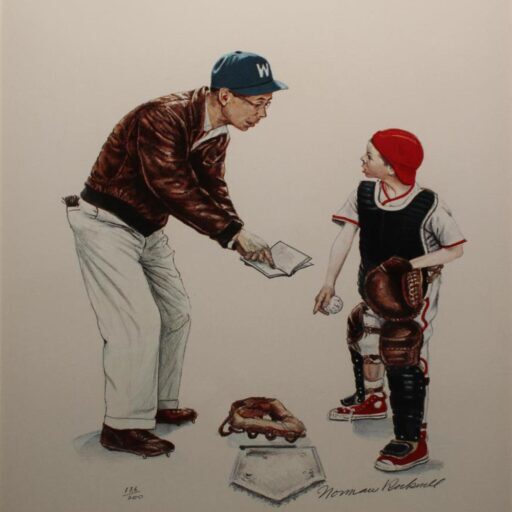The last couple of months I’ve been working a couple of jobs that haven’t allowed me to devote the same amount of time into this blog as usual. Now that those seasonal jobs have slowed down, I’m excited to get back into the swing of it here. I wanted to make this post to get some of my thoughts/ideas about the topic of scouting as it relates to hitting same-side pitching in the game, which seemingly continues to get more and more reliant on platoons.
I’m working on doing a more in-depth study of hitter platoons soon, with an emphasis around looking at how hitters hit same-side pitchers with different arm-slots as opposed to just breaking down how a hitter fare against RHP/LHP. I think there’s something to getting more specific and seeing if some hitters are capable of handling same-side pitchers at a better rate than their generic platoon splits would indicate. For example, a LHH who handles high arm slot LHP’s but really struggles against LHP’s with a lower release point.
My fascination with this specific topic is bred from my own personal playing career. As a left-handed hitter myself, I feasted on the JUCO/D2 RHP’s I faced over my collegiate career but was downright bullied in the zone by almost any LHP who had any resemblance of ‘stuff’ or velocity. I simply want to explore if there is a population of hitters who are currently viewed/used as a bat but could also be effective enough to stay in the lineup against same-side pitchers that have a common trait such as a high release point.
It’s an admitted flawed endeavor from the jump due to major variables such as a pitcher’s overall deception can’t really be factored in properly. That’s where I see an opportunity for scouts seeing these players AB’s in-person to really shed valuable light on this topic. Really keying in on the comfort level and quality of at-bats hitters (LHH’s especially) turn in against same-side arms key to determining if that player is a future everyday player in the future, or one that is only effective on the strong side of a platoon advantage. There’s not a bigger half-grade difference in player evaluation than the difference between a 45 and 50-grade position player because it’s the difference of being capable of being plugged into the lineup everyday or not.
(Note: If anyone knows whether any of the current tracking technology records data for a pitcher’s stride landing spot? I think that’d be another very interesting variable that would be meaningful.)
Potential Methodology:
I’m still kicking around how many groups and what parameters I’m going to attempt to use in separating pitchers by release point/arm slot. Or if it’d be best to go as broad as using a perfect ¾ arm slot and just separating ‘above or below’ that point or not. I’m going to discuss this general idea with a few people and see if my current thoughts on it changes at all or if there are other approaches I haven’t even considered yet that could easily be incorporated.
Scouting Focus:
Speaking only for my own experience up to this point, I tended to take note of a hitter’s same-side hitting ability when it really stood out, good or bad. Looking back now, I don’t think I placed quite the level of emphasis I should have on noting a batter’s overall comfort level and degree of competitive AB’s against same-side pitching. On the pro side, you might only get a few PA’s for a LHH against a LHP over the course of your 5-6 day look and on the amateur side you hope to get as many of those as possible in your various looks throughout the course of a fall/spring. What I think would have a lot of value is just noting anything relevant in those AB’s is placing an emphasis on describing the quantifiable aspects of a hitter in those scenarios, in much the same way scouts detailing a pitcher’s overall deception can shed valuable light on that pitching prospect.
Sticking with the L v L scenario- there are some hitters who don’t post impressive numbers against southpaws but control the zone well, stay in well against breaking balls, and get confident passes in regularly, and there are guys who are over matched from the first pitch and it’s apparent their only hope is a walk. I’m wanting to shed light on the degrees of hitters that fall between those two and what accounts for that.
